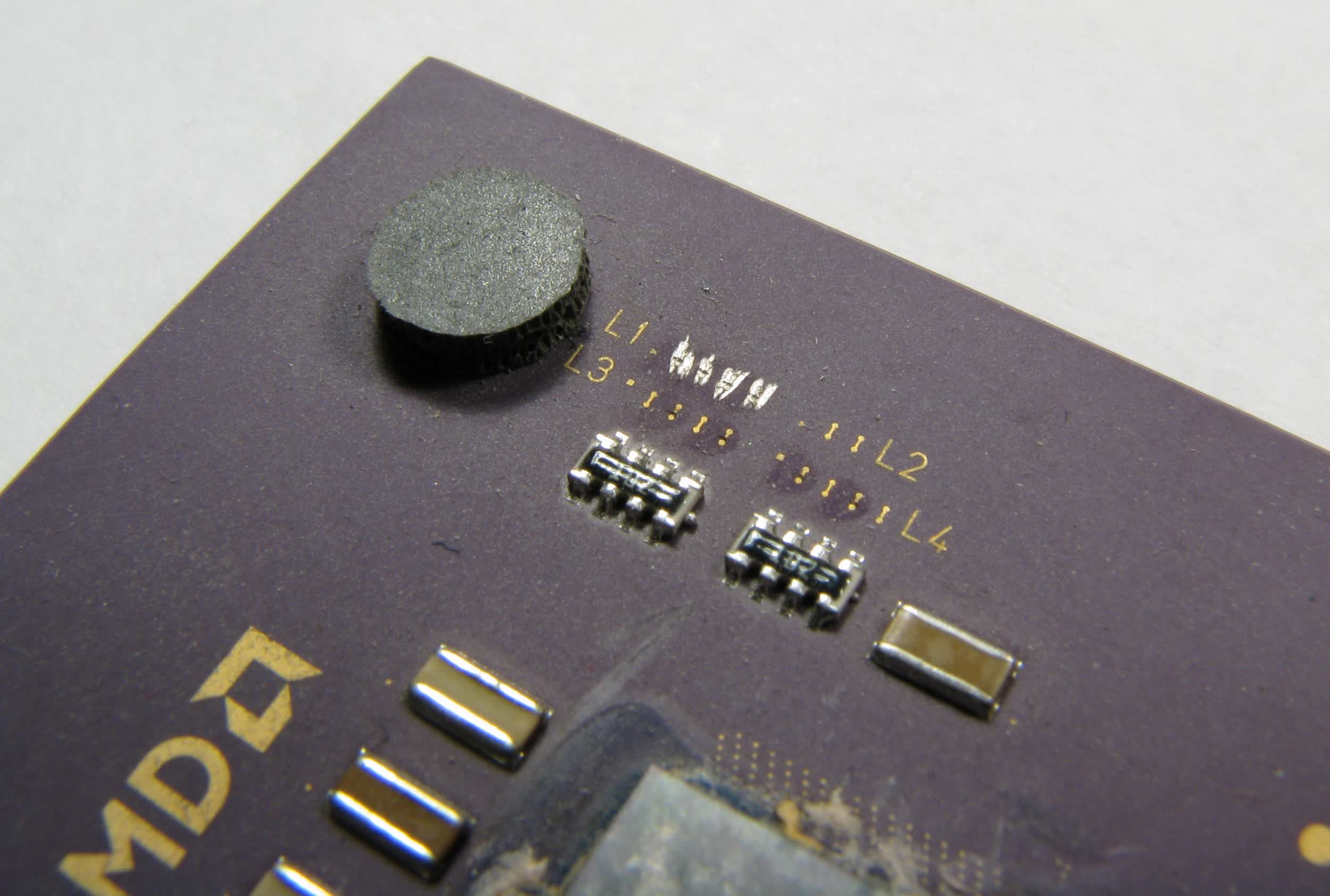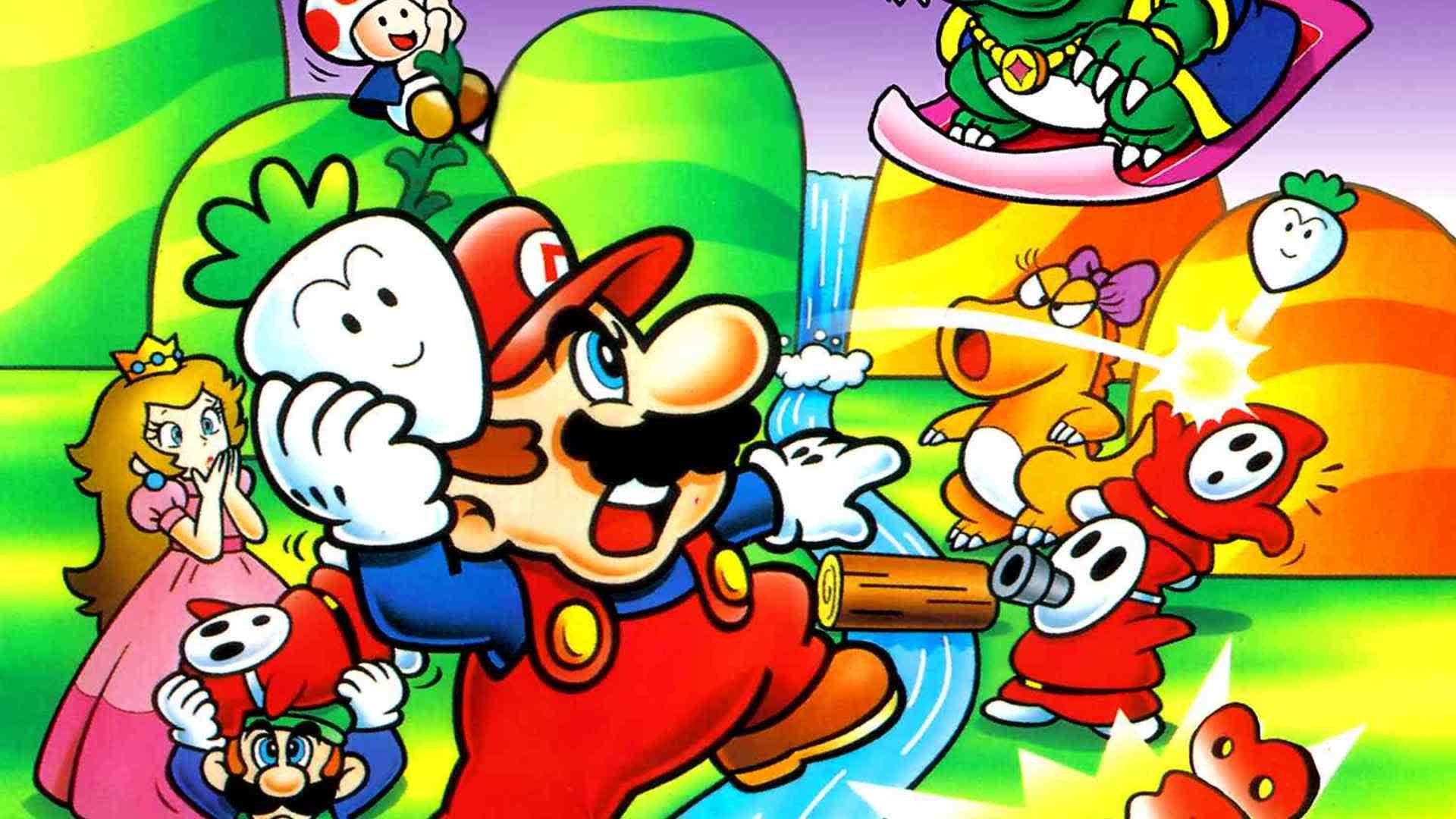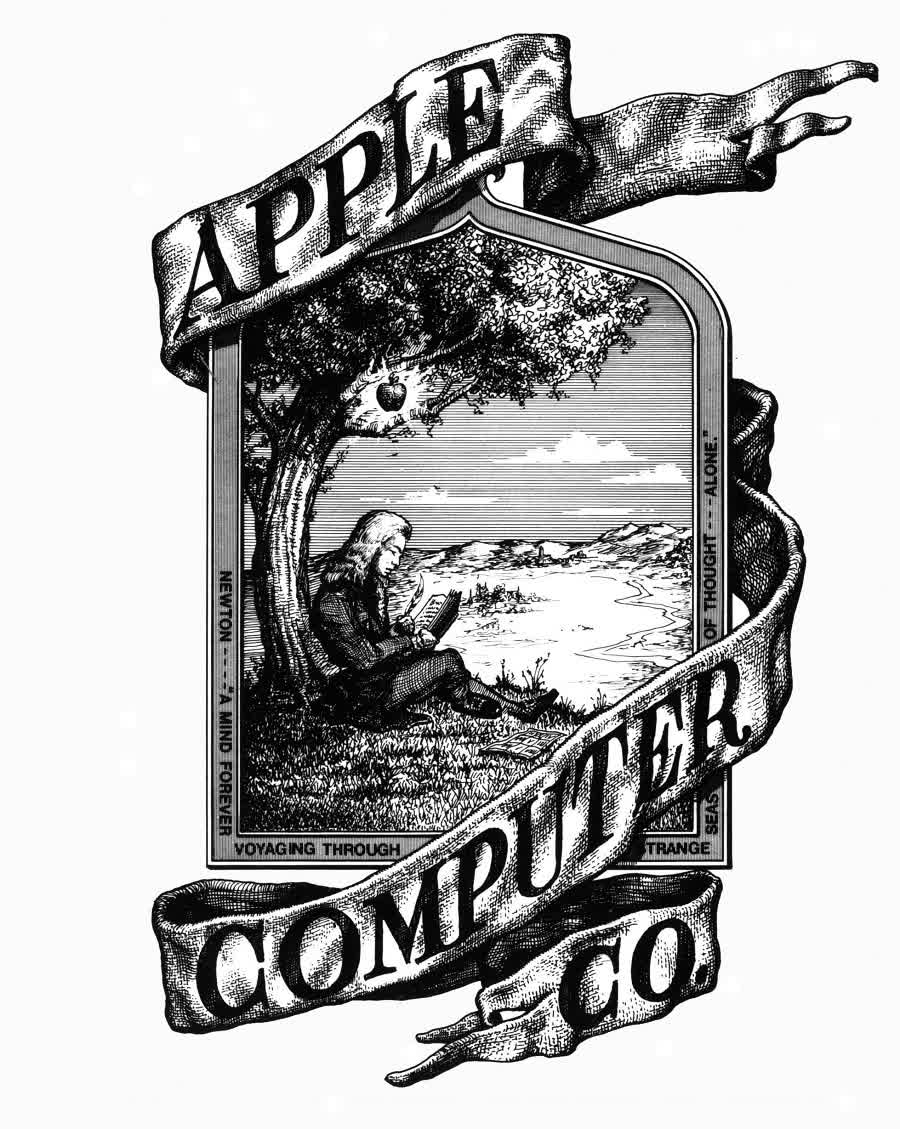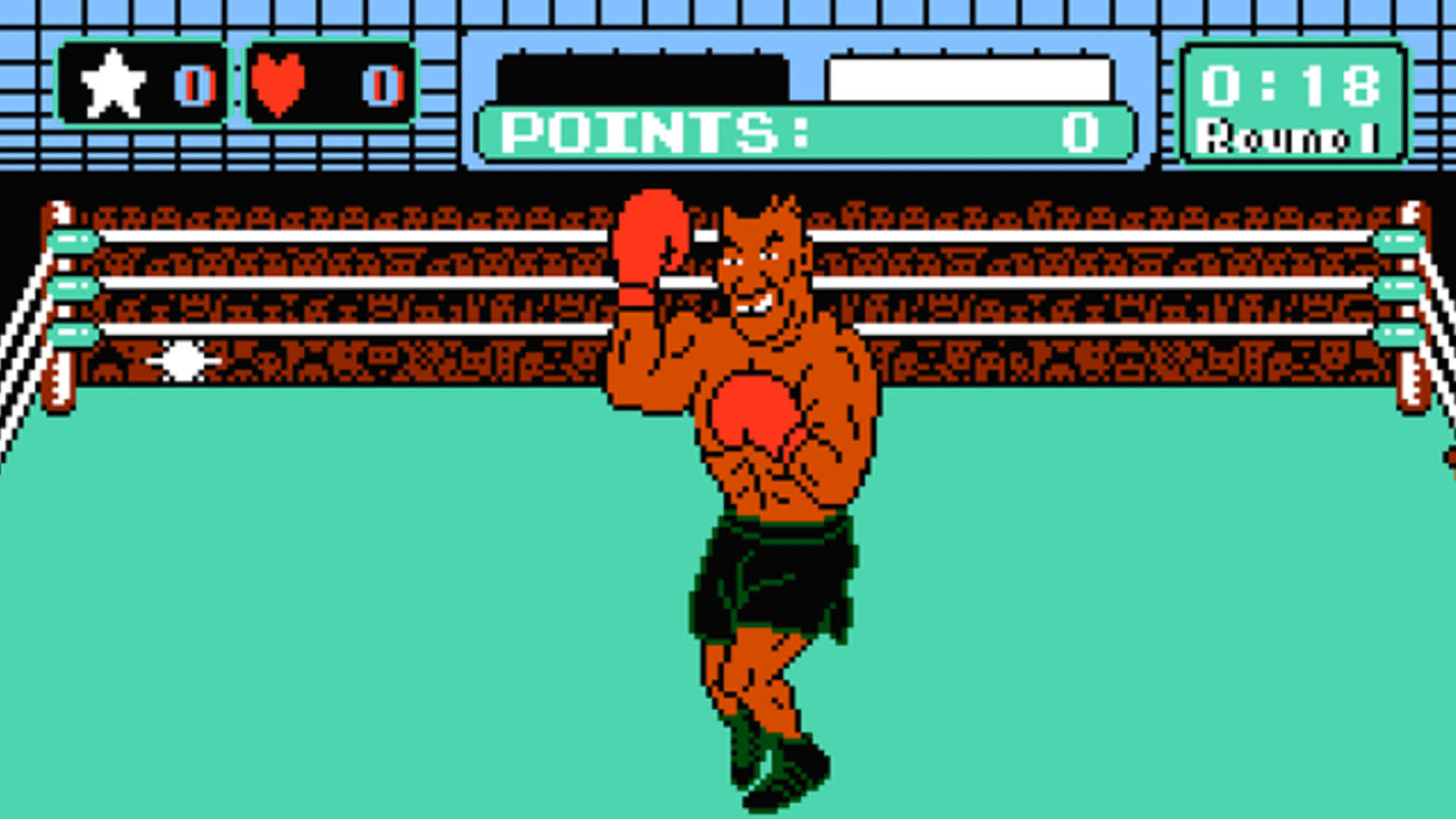In the grand scheme of things, it could be argued we're still in the infancy of the Information Age. Many of the breakthroughs and discoveries made since the advent of the transistor were simply inconceivable a century ago. Yet despite being a relative newcomer, we already have a lifetime of achievements to marvel over.
What makes tech especially interesting for some is that it's peppered with anecdotes and fun facts that add substance to a story and make them even more compelling. Here are some of our favorites that you might not have known about.
The computer "bug" was named after a literal bug found in a computer.

Image: Naval History and Heritage Command
In 1947, computer pioneer Grace Hopper found herself working on a Mark II Computer at Harvard University. It was at this time that her associates discovered a moth had gotten trapped in one of the computer's relays and was causing an error. The operators removed the moth and taped it in their log book, identifying it as the "first actual case of bug being found."
Word got out that the team had "debugged" the computer, hence leading to the phrase's use in computing and pop culture. Hopper readily admitted that she was not there when the incident occurred, but that didn't stop it from becoming one of her favorite stories. Hopper died of natural causes on January 1, 1992, at the age of 85. For those interested, the offending moth's remains, along with the original log book, can be seen at the Smithsonian National Museum of American History in Washington, D.C.
And while this is the "modern" use case of finding a computer bug, the original use of the word dates further back in time to Thomas Edison, who in an 1878 letter used the term "bug" to refer to a technological glitch. While he worked on the quadruplex telegraph, he said it needed a "bug trap" to function properly.
The creator of Bitcoin remains a mystery.

Image: 99Art
Bitcoin, the decentralized digital currency that has topped financial and tech headlines for years, launched in early 2009. The first known commercial transaction took place the following year when programmer Laszlo Hanyecz paid 10,000 Bitcoins for two pizzas.
In the more than 10 years that have since elapsed, Bitcoin's value has gone from practically nothing to well over $50,000 per coin, with enough peaks and valleys to give even the world's scariest roller coaster a run for its money. Yet remarkably, through it all, the cryptocurrency's creator has remained anonymous.
There are plenty of theories about Satoshi Nakamoto, the pseudonym used by the person or persons that created Bitcoin. Some have even gone to great lengths to uncover Nakamoto's identity but as it stands today, there is no definitive proof in the public domain pointing to the creator's identity. We may never know who actually created Bitcoin, and perhaps that's not a bad thing.
CarMax was founded by (now defunct) Circuit City.

Image: Jonathan Weiss
CarMax is the largest used-car retailer in the US and ranked one of the best places to work in the country. Some may be surprised to learn that the Fortune 500 company has been around for nearly three decades, but perhaps even more fascinating is the corporate entity behind the dealership.
American consumer electronics retailer Circuit City hired a consultant named Ronald L. Moore in the early 1990s to help them evaluate possible business opportunities outside of consumer electronics. One idea in particular, an automotive retailer, caught the attention of then-CEO Richard L. Sharp. The concept was developed under the code-name "Project X" for nearly a year before the first CarMax store opened 1.7 miles from Circuit City's corporate offices in Richmond, Virginia.
CarMax was spun out of Circuit City in late 2002. Today, it has a market cap of over $21 billion. Circuit City filed for bankruptcy in 2008. Sharp, the former Circuit City CEO that spearheaded the CarMax project, later went on to become a founding investor and board member of footwear company Crocs before his death in 2014.
Some AMD processors could be unlocked for overclocking using a pencil.

Image: RoboHobo
AMD found itself in a peculiar position in the early 2000s. The company's first-gen Athlon CPUs were dominating rival Pentium processors and along the way, developed quite the reputation among overclockers. They were so good, in fact, that unscrupulous resellers would take slower chips, overclock them, and sell them for a premium to unsuspecting consumers.
While not unique to AMD, the issue of remarking CPUs became such a problem that the chipmaker addressed it by physically altering its second-gen Athlon processors (codenamed Thunderbird) to prevent multiplier manipulation.
It didn't take long before enterprising enthusiasts realized that bridging the gap between the cut L1 bridges on the processor could enable multiplier adjustments. The apparatus of choice for many was a basic pencil, as the graphite was conductive enough to get the job done, but others opted for more proven tools like conductive pens.
The process wasn't for the faint of heart considering one false move could render your CPU useless. Ask me how I know.
Super Mario Bros. 2 in the U.S. is vastly different from Nintendo's original.

The North American video game industry was in dire straits in the early 1980s. Fresh off the video game crash of 1983, the outlook wasn't very promising. But Nintendo forever changed that trajectory with the launch of the Nintendo Entertainment System and flagship game, Super Mario Bros., a few years later.
Japan was a bit ahead of the curve, having launched the Family Computer (the Japanese version of the NES) in 1983. Locals were clamoring for a Mario sequel, and Nintendo delivered in 1986. When Nintendo of America got its hands on the title, however, they found its high level of difficulty to be off-putting. Leery of agitating consumers they'd just won back, consultant Howard Phillips insisted on a more player-friendly version for the West. Rather than starting a new project from scratch, Nintendo simply took an existing title for the Famicom and converted it into a Mario game.
With a few alterations, Yume Kōjō: Doki Doki Panic became Super Mario Bros. 2 and shipped internationally in October 1988. It was so successful that Nintendo ultimately brought it back to Japan a few years later as Super Mario USA.
The original Super Mario Bros. 2 that came out in Japan eventually found its way stateside as part of the Super Mario All-Stars compilation for the SNES in 1993, as "The Lost Levels."
Apple's first logo is not what you'd think.

Apple's logo, the one depicting a literal apple with a bite taken out of it, is among the most recognizable in the US. It was created by graphic designer Rob Janoff in 1977 and has persisted in a variety of iterations ever since. But did you know that it wasn't the first logo used by the company?
Ronald Wayne, who co-founded Apple Computer Company alongside Steve Jobs and Steve Wozniak, designed the company's first logo. The black and white sketch illustrates Sir Isaac Newton sitting under an apple tree, complete with a quote from English poet that reads, "Newton... a mind forever voyaging through strange seas of thought... alone."
Jobs, however, wasn't fully satisfied with the logo and wanted something that would be easier to reproduce in a small size. He also reportedly wanted the company name and logo to be "fused as one." In early 1977, he commissioned marketing firm Regis McKenna - and specifically, Janoff - to design a new logo. In April of the same year, the now-iconic rainbow Apple logo made its debut alongside the Apple II computer.
Redbox kiosks were conceived by McDonald's.

Image: Jonathan Weiss
Redbox was a force to be reckoned with in the late 2000s and early 2010s. The video rental kiosks played a significant role in pushing Blockbuster into bankruptcy and Netflix's future with streaming was far from a guarantee.
By the end of 2012, there were more than 42,000 video rental kiosks in operation across the US and Canada, serving up nearly two million rentals daily. Redbox even ranked #15 on Fortune's list of "Fastest Growing Companies" in 2012. But did you know that Redbox was created by McDonald's?
In 2002, the McDonald's business development arm realized that consumers preferred to interact with a machine for some transactions. "Consumers want control over their transactions," said Gregg Kaplan, part of that original McDonald's development team. "When you interact with someone you're giving up some control."
McDonald's used the kiosks to sell convenience store products, but the project was short-lived. Kaplan still thought the machines had potential and started testing them as DVD rental kiosks. The concept took off, and in 2005, Coinstar bought 47 percent of the spun-off company for $32 million. In 2009, it scooped up the remainder of the company for over $169 million.
Egghead and Newegg aren't related.

Image: Sharaf Maksumov
Egghead Software was founded by Victor D. Alhadeff in 1984 as a single shop in Bellevue, Washington. By the mid-90s, Egghead had 2,500 employees with retail stores in 30 states across the country. Egghead looked doomed as the next several years weren't kind to the company, but then the dot-com bubble happened, sending share prices soaring.
It'd be short-lived, however, as a hacker scandal just before Christmas in 2000 ultimately led to the company filing for bankruptcy. Fry's Electronics tried to secure Egghead but backed out of the deal. Ultimately, Amazon walked away with the Egghead domain name, which now redirects to Amazon.
Newegg, meanwhile, got started in 2001 and grew steadily over the next decade. They established component maker Rosewill in 2004 and a year later, they'd become one of the Internet's top 10 retailers according to Internet Retailer Magazine. Sales in 2004 reached nearly $1 billion. Indeed, Egghead Software and Newegg never really crossed paths. Also, who knew that Newegg created Rosewill?
Apple products are photographed with the same time on the clock for a reason.

Astute observers may have noticed that for many years now, all of Apple's products are photographed with the same time displayed on the clock. Turns out, there's a reason for the consistency.
During a press event for the first iPad, Australian iOS developer Jon Manning ran into Scott Forstall, the former Apple executive that led development of iOS in the early days. According to Forstall, Apple keynotes were planned such that the big reveal would happen around 40 minutes into the presentation. And in the late 2000s, there was no bigger unveiling than that of the original iPhone.
When Steve Jobs showed the first iPhone to the world on January 9, 2007, during the Macworld convention, it happened at precisely 9:41am local time. Hence, Apple's continued usage of that time in its advertising is a throwback to that moment.
The one notable exception in Apple's current product lineup is the Apple Watch, which is photographed showing 10:09. This is done in accordance with longstanding timepiece advertising practices, as 10:10 or thereabouts has been deemed to be aesthetically pleasing as it relates to the position of the hour and minute hands on a traditional clock face.
Credit card chip technology has been around for decades.

Image: ByB
Chip and PIN-based payment cards are still relatively new in the US, comparatively speaking. It wasn't until late 2015 that Visa and Mastercard started implementing the tech in the States, but did you know that such smart cards had been around and in use in other parts of the world decades earlier?
In the mid-70s, a French inventor named Roland Moreno patented what would become the first smart card. Two German engineers reportedly came up with a similar idea in the late 60s but it was Moreno that was first to get it through a patent office.
It'd be another decade or so before the concept would gain widespread use in the financial services industry and much longer before it would become commonplace worldwide. Despite never achieving much notoriety for his invention, he made plenty of money from it. According to a 2012 piece from The Guardian, Moreno's company had collected around 150 million euros in royalties. In 2006, he told France Soir that the idea came to him during a dream.
Some PlayStation 1 games shipped with scented labels.

Image: A Nihilist Abroad
In retrospect, Sony put out some pretty special advertising material in the mid and late 90s to promote the PlayStation. From catchy slogans and coded messages to high-octane commercial spots, the marketing department was firing on all cylinders.
At one point, Sony even experimented with scratch and sniff labels.
Gran Turismo 2 shipped at the tail end of 1999. A sequel to the original, which was billed as "the real driving simulator," developer Polyphony Digital pulled out all the stops this time around by packing in nearly 650 cars and close to 30 tracks to race on. Some versions of the game even shipped with a special label that, when rubbed, would give off an "authentic pit-stop smell."
EA also did something similar with FIFA 2001, embedding the scent of a soccer field on PAL versions of the game disc. While neat, the idea never really caught fire as these were the only two games to trial scratch and sniff labels.
E-mail spam was named after canned meat.

Image: Steve Cukrov
E-mail spam is an unfortunate byproduct of the digital age. It's the modern equivalent of junk mail that gets delivered to your physical mail box, and nobody - except the people that profit from it - like it. What many people may not know, however, is that spam e-mail is named after canned meat.
Spam, as you may know, is a brand of canned pork that has been in production by the Hormel Foods Corporation since 1937. During World War II, it became a key part of soldiers' diets due to its versatility and shelf life. After the war, the canned meat product surged in popularity around the world.
Fast-forward to 1970 when a Monty Python sketch famously featured Spam as its focus. In the bit, the word "spam" was repeated time and again, no doubt in reference to its perceived ubiquity. In the early 90s, when the first unsolicited messages started going out in bulk, it reminded one Usenet newsgroup user of the spam skit from Monty Python.
The name stuck, and now, the word "spam" is commonly used to refer to unsolicited communications or performing an action repeatedly.
Domain name registration used to be free.

Image: NicoElNino
In 1991, the Defense Communications Agency was renamed the Defense Information Systems Agency (DISA). A few months later, the agency contracted a company called Network Solutions, Inc. to operate the domain name system (DNS) registry.
Network Solutions in 1992 received a grant from the National Science Foundation (NSF) to develop the registration service for the Internet and the following year, the company became the lone domain name registrar for .com, .net and .org top level domains (TLDs).
What many people may not realize is that until 1995, domain names were given out free of charge. That changed when the Science Applications International Corporation (SAIC) purchased Network Solutions for $4.7 million. Following the acquisition, the NSF granted the new owner the authority to start charging for domain name registrations.
That eventually led to the creation of the Internet Corporation for Assigned Names and Numbers (ICANN), paving the way for competition in the domain name industry - but that's another story for another time.
Mike Tyson's Punch-Out!! for the NES still contains undiscovered secrets.

Nintendo in 1987 launched what would go on to become arguably one of the greatest video games ever created. But at the time, nobody really knew the potential that Mike Tyson's Punch-Out!! possessed... or the secrets it held. In fact, some of them remain undiscovered to this very day.
At its core, Punch-Out was a solid, fun and challenging game that nearly anyone could pick up and enjoy. Over the years, however, gamers came to learn of the many intricacies the title possessed, especially those in the speedrunning community that were constantly searching for new techniques and strategies.
In 2009 during a roundtable discussion with some of the game's creators, it was revealed that during the match with Bald Bull, there's a visual clue - a camera flash - that happens in the background when the opponent charges. Time a punch perfectly with the flash and you can score a knockdown.
Gamers had long since known about the precise time to throw the punch to drop Bald Bull, but the visual indicator was far more obscure.
Makoto Wada, who revealed the tip during the roundtable, said he had been holding on to the hint for more than two decades and further noted that there are "a lot of hidden elements in the NES version." Another was found in 2016, but how many more persist that remain undiscovered?
Masthead credit spainter_vfx
